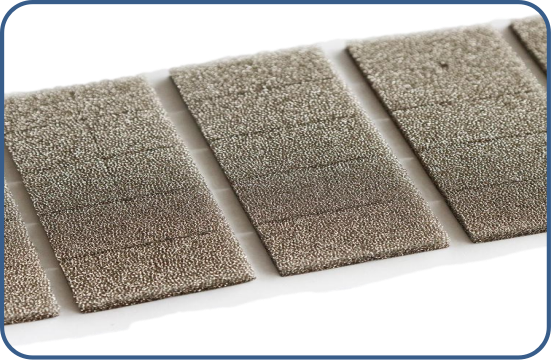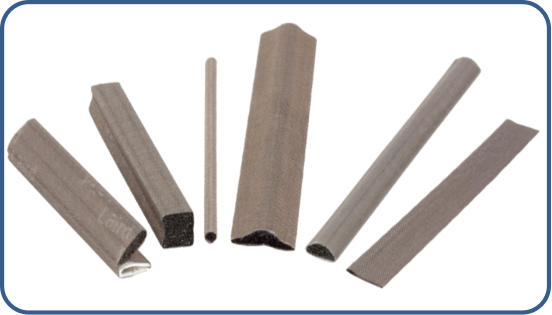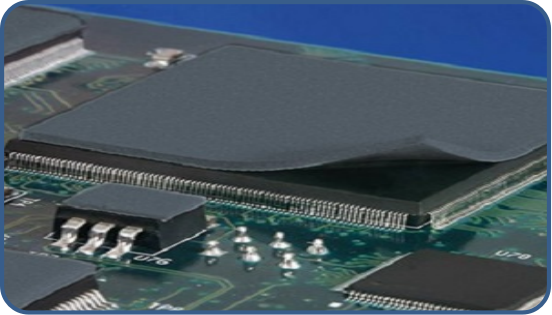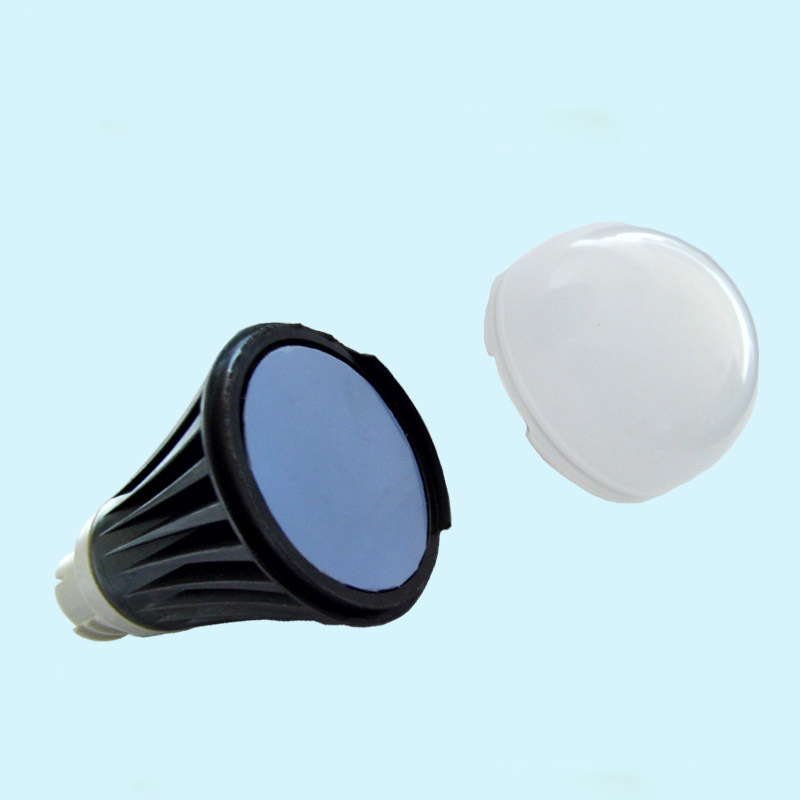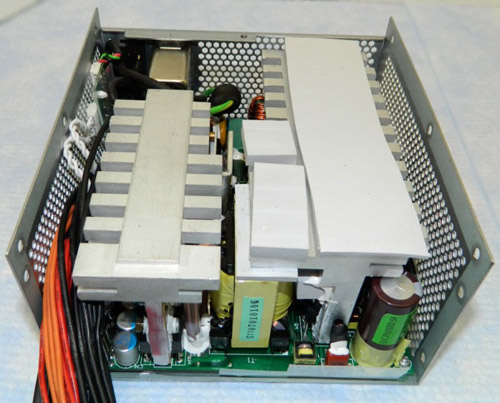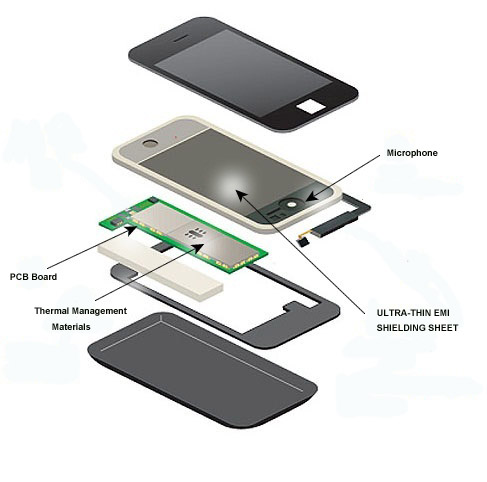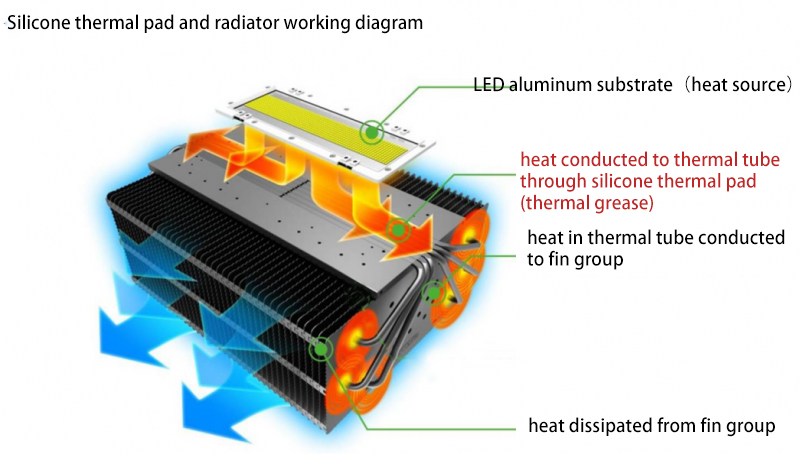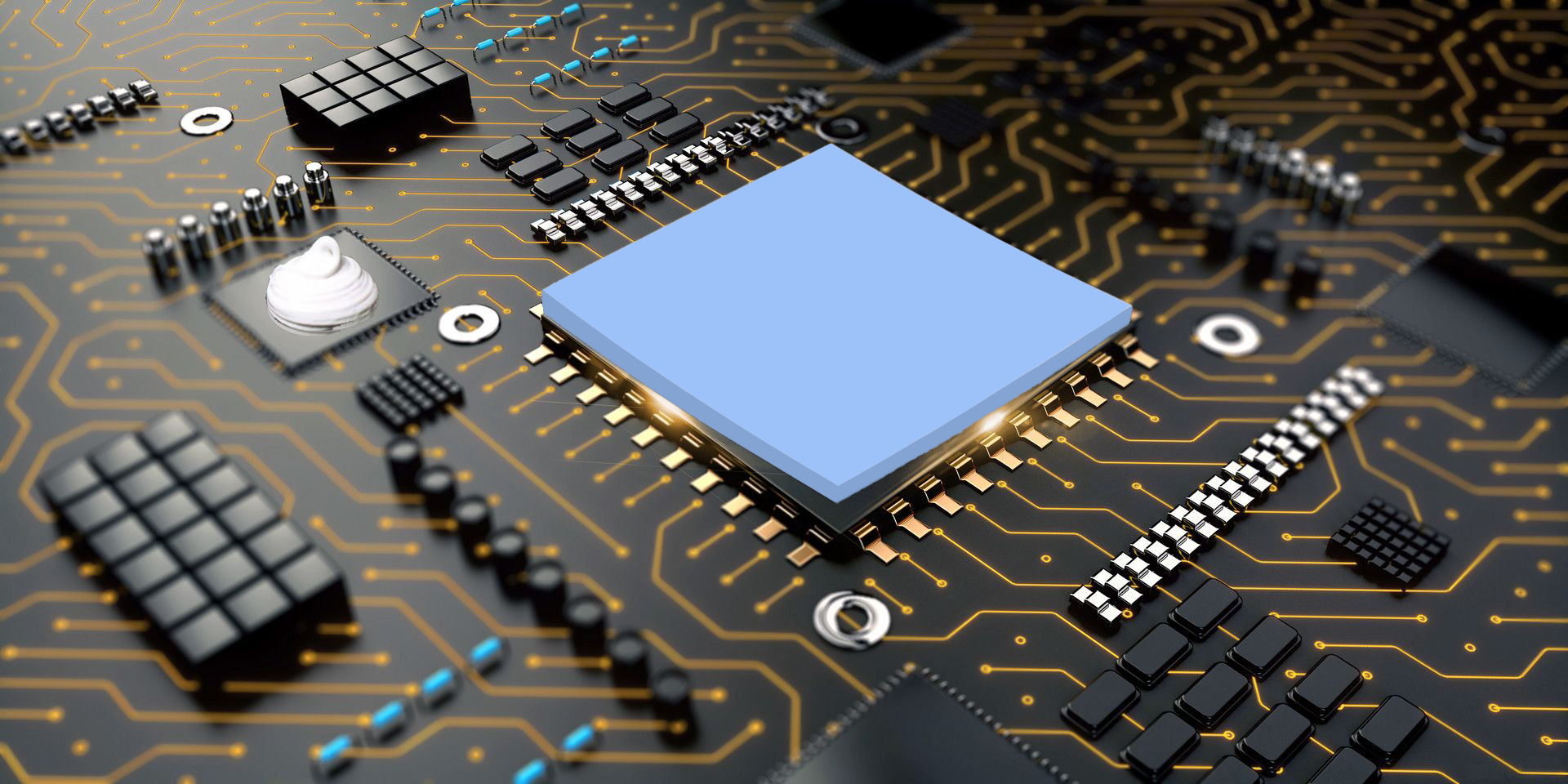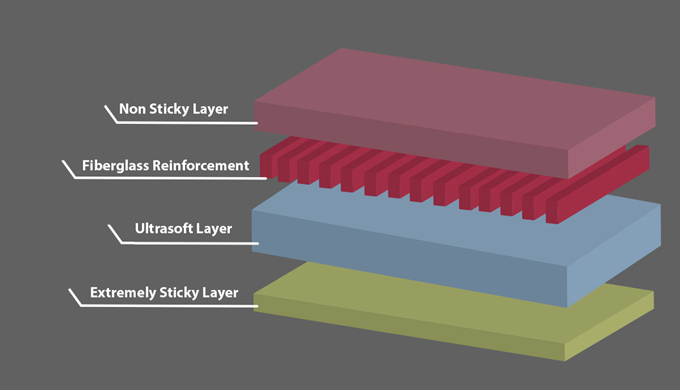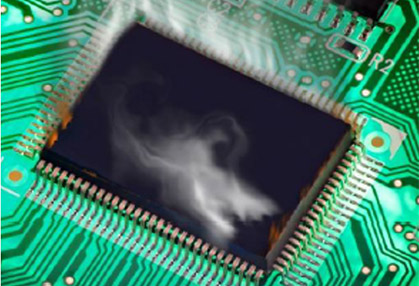News and Articles
Related Product
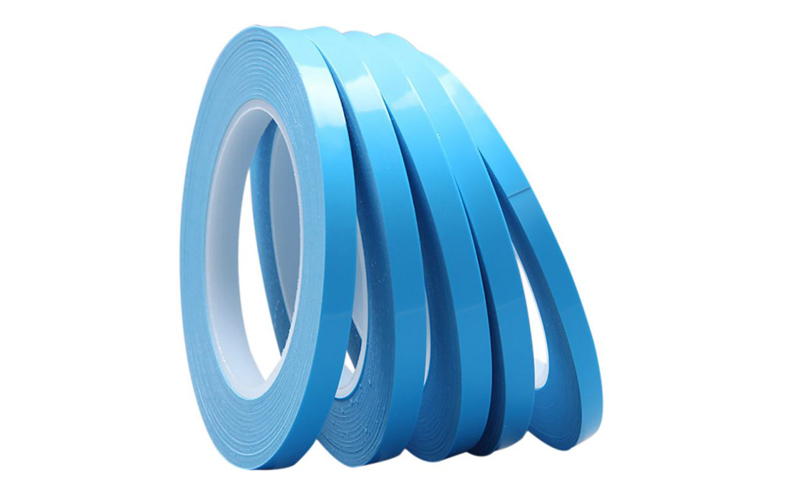



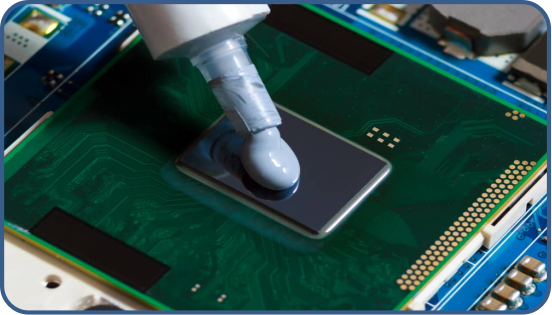

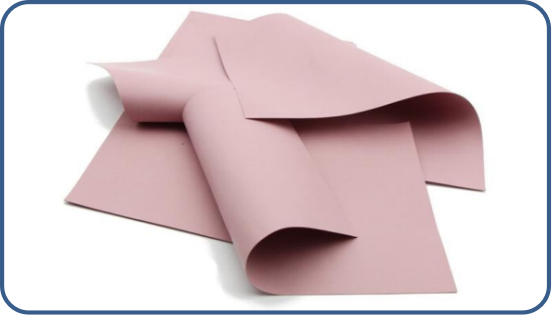

Share Article
Thermal Pad: A Brief Introduction
When your computer operates, it produces heat. This heat can escalate when running demanding programs or playing intensive games, potentially leading to frequent shutdowns and long-term damage.
Finding a reliable method to disperse this heat is crucial to safeguard your system. That's where a thermal pad comes into play. This remarkable thermal interface material offers a practical solution for effective heat transfer within the CPU. Let's explore its functionality and how it can benefit us.
What Is A Thermal Pad?
A thermal pad is also called a thermal interface pad. It is a soft material that facilitates heat transfer between electronic components and heat sinks. It fills the microscopic gaps and irregularities between the two surfaces and ensures optimal thermal conductivity.
It is commonly used in electronic devices like laptops, graphics cards, smartphones, and gaming consoles. This type of device has processors that generate lots of heat. Thermal pads allow efficient dissipation of heat to maintain an optimal temperature.
Advantages Of Using A Thermal Pad
Thermal pads are great for thermal conductivity in computers, consoles, laptops, and other appliances. A thermal pad has so many advantages. Using thermal pads offer some unique advantages. Let's take a look:
Easier to Place and Replace
Thermal pads are easy to place and replace. When applying thermal paste, you must be precise and put the pea-sized drop in the center. On the other hand, thermal pads come in the form of big paper.
You can cut them into various sizes according to your needs. Also, when you need to replace thermal paste, you have to clean the area of the previously applied paste. The thermal pad doesn’t have that problem.
No Chance of Leakage Unlike Thermal Paste
Leakage is a common concern when using thermal paste. The liquid consistency of the thermal pastes makes it prone to seeping out the side.
If you put a slightly more significant amount, it will easily leak and cause damage to other vital parts of the device. The thermal pad is safe from all these problems. Thermal pads provide a secure and reliable seal between the heat source and the heat sink, ensuring zero chance of leakage.
Flexible in Size
One size does not fit all when it comes to thermal management. Different electronic devices require different lengths of thermal interface materials to ensure optimal heat dissipation.
Thermal gap pads offer the advantage of flexibility in size. They are available in various sizes, allowing you to find the perfect fit for your application.
No Need to Clean Up Old Dried-Up Thermal Paste
Cleaning up old, dried-up thermal paste is a hassle when replacing it. It requires using solvents and lots of scrubbing to remove the stubborn residue.
With thermal conductive pads, you can say goodbye to this time-consuming process. When it's time to replace the thermal pad, you need to remove the old one and replace it with a new pad.
It Won't Stain Your Hand
If you've ever worked with thermal paste, you know how difficult it can be to wash off the stubborn stains it leaves on your hands.
Thermal pads eliminate this inconvenience. Since they are not liquid, there's no chance of staining your hands.
Downsides Of Using A Thermal Pad
Besides all the advantages of thermal pads, they also have some downsides. Let's have a look at the disadvantages of thermal pads:
Expensive
Thermal pads offer a convenient and easy-to-use solution for thermal management. But their one major drawback is the cost.
Thermal pads are more expensive than other thermal solutions like thermal paste. It is a significant concern for those who are on a budget.
Non-reusable
Unlike thermal paste, which you can easily remove and reapply, thermal pads are generally non-reusable. Once applied, they cannot be efficiently removed or repositioned without the risk of damaging the pad.
How to Use a Thermal Pad?
Using a thermal pad isn't that difficult. But if it's your first time, a little guidance is all you need. Let's have a look how to use thermal pad:
Clean The Surfaces
Make sure both the heat-generating component and the heat sink are clean and free from any dust, debris, or previous thermal material. A clean surface will ensure proper attachment.
Remove Old Thermal Material
If you previously used thermal paste or a thermal pad, clean off any residues from both the component and the heat sink. You can use isopropyl alcohol or a thermal material remover for this.
Apply The Thermal Pad
Carefully cut the thermal pad to fit the surface area of the component thermal pads come with a protective plastic film on each side. Remove one side of the film to expose the adhesive surface.
Then, place the adhesive side of the thermal pad on the heat-generating component. After that, peel off the protective film from the other side and gently place the heat sink on top of the component.
Why Does Lintech Have The Best Thermal Pads In The Business?
Lintech has a wide range of thermal pads suitable for any need. They have seven different types of thermal pads. Their varieties offer you the freedom to choose any thermal pad. You might need a thermal pad for different purposes. Lintech has enough options to cover all your needs.
You can pick any, depending on your need. The TSP 10000 series thermal soft pad is the latest in their line of thermal pads. The TSP 10000 series is a high-performance thermal pad series. The manufacturers have used ceramic particles and silicone elastomers, which gives this material high thermal conductivity.
Its thermal conductivity is 6~12.0 W/m·K; it has high chemical resistance and is very easy to use. Comparing all these features, it's safe to say that the TSP 10000 series thermal pad is the best you can currently get your hands on.
Conclusion
Thermal pads are an essential component in various electronic devices and systems. They provide efficient heat transfer and thermal management and a convenient and reliable solution for improving thermal conductivity. With their ease of use and durability, thermal pads have become famous for thermal management.
As there are countless thermal pads available in the market, it can be confusing for you to choose a specific product. We suggest going for the TSP 10000 series thermal pads by Lintech. They have unique features and are unparalleled in terms of thermal performance.

